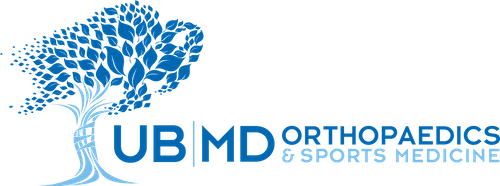In an effort to address the opioid crisis in Western New York, a group of 35 orthopaedic surgeons from eight separate practices came together Monday, Feb. 26 to collaboratively develop guidelines for prescribing narcotics after elective orthopaedic procedures. Those guidelines were distributed to all orthopaedic surgeons in Western New York this week.
Physicians from the following practices participated: UBMD Orthopaedics & Sports Medicine, Excelsior Orthopaedics, Northtowns Orthopedics, Pinnacle Orthopedics, Knee Center of WNY, Lakeshore Orthopedic Group, Buffalo Medical Group and WNY Knee & Orthopaedic Center.
Orthopaedic surgeons, by nature of their specialty, commonly prescribe narcotics to patients to help minimize pain after bone, joint and soft tissue procedures. Conservatively, tens of thousands of these pills go unused each year after elective orthopaedic surgeries done in the Western New York region alone.
Leslie J. Bisson, MD, the June A. and Eugene R. Mindell, MD professor and chair of the Department of Orthopaedics in the Jacobs School of Medicine and Biomedical Sciences at the University at Buffalo, and president of UBMD Orthopaedics & Sports Medicine, moderated the Western New York Orthopaedic Summit on Opioid Prescribing.
“There is evidence that many patients don’t take as many narcotic pills as are prescribed, and some of these unused pills could be diverted to illicit use,” said Bisson. “Nationally, close to 100 people perish each day in opioid-related deaths. In Erie County alone, there is one death per day.”
To develop the guidelines, surgeons reviewed the literature and met to discuss the most commonly performed surgeries and quantity of narcotics each provider typically prescribed. They also incorporated recent recommendations regarding opiate prescribing developed by the American Academy of Orthopedic Surgeons.
“It was gratifying to see surgeons from so many different groups come together in pursuit of a common goal,” said Bisson. “The summit unified us in our intention to proactively combat the opioid issue here in Western New York.”
